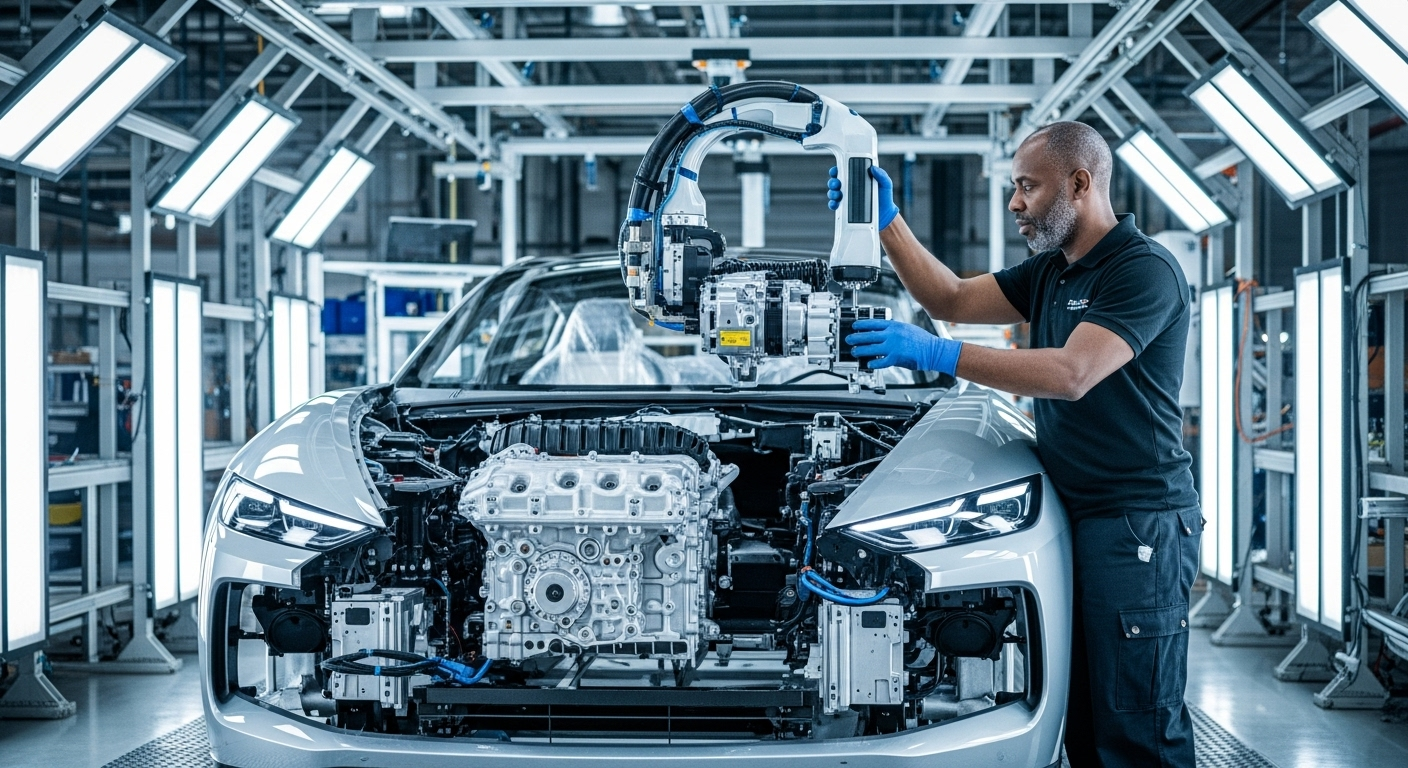Shaping the Future: How 3D Printing is Revolutionizing the Auto Industry
Introduction: Imagine a world where you could customize your car down to the most intricate detail, all from the comfort of your home. Welcome to the future of automotive manufacturing, where 3D printing is set to redefine the way we create and interact with our vehicles.

A New Dimension in Automotive Production
3D printing, also known as additive manufacturing, is a process that creates physical objects from digital designs by depositing material layer by layer. First introduced in the 1980s, this technology had a slow start, primarily used for prototyping and small-scale production. However, as the technology evolved, its potential applications in automotive manufacturing have become increasingly apparent.
Accelerating Innovation and Customization
One of the most significant impacts of 3D printing in the automotive industry is the potential for customization. The flexibility of additive manufacturing enables designs that are not feasible with traditional methods, allowing for more complex and innovative vehicle structures. This opens the door for individualized components and even entire vehicles tailored to the customer’s specific needs or preferences.
Driving Down Costs and Enhancing Efficiency
3D printing also promises significant cost and efficiency benefits. Traditional manufacturing processes often require expensive molds and tooling, whereas 3D printing eliminates these, reducing upfront investment. Additionally, it enables on-demand production, reducing inventory costs and waste, and shortening supply chains.
The Roadblocks Ahead
Despite its potential, the application of 3D printing in automotive production is not without challenges. Current 3D printing technology is slower than traditional manufacturing methods, limiting its suitability for large-scale production. Additionally, while 3D printed parts can match or even exceed the strength of traditionally manufactured components, consistent quality control remains a challenge.
A Glimpse into the Future
Despite these hurdles, many industry leaders are investing heavily in 3D printing technology. Ford, for instance, has been using 3D printing for prototyping since the 1980s and is now exploring its use in production vehicles. Similarly, BMW has produced over 1 million 3D printed components since 2010.
Indeed, as 3D printing technology continues to progress, its influence on the automotive industry is set to grow. While we may not yet be at the point of printing our cars at home, the technology’s potential for customization, cost reduction, and efficiency enhancement suggests a future where buying a car off the lot becomes a thing of the past. This is the exciting future that awaits us on the horizon, a journey shaped by the innovative technology of 3D printing.




